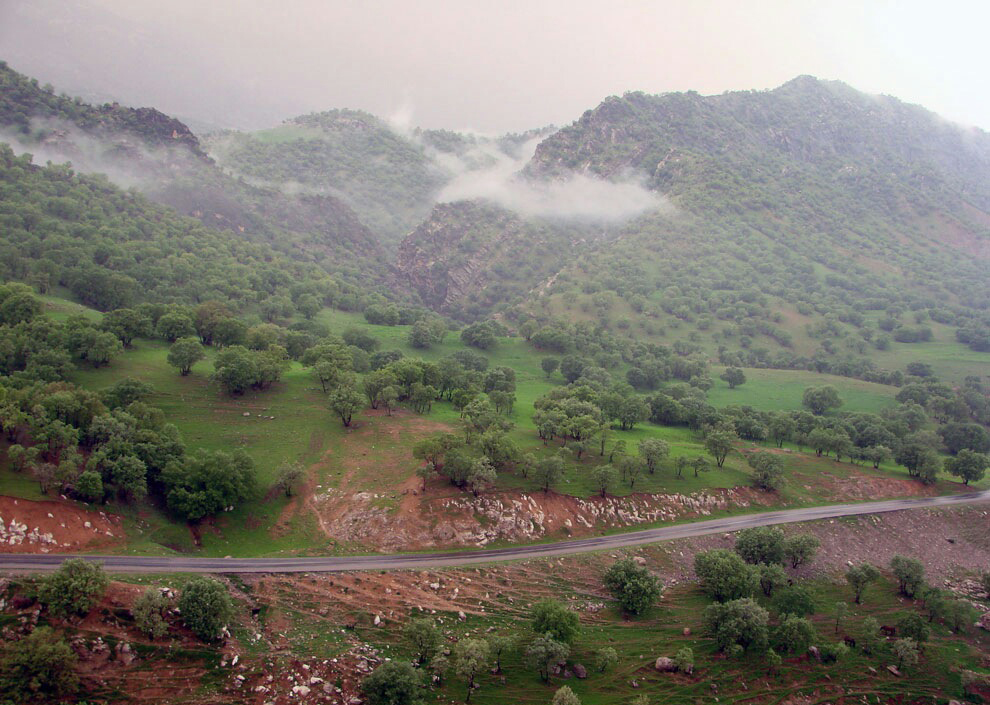Vegetation covering the Zagros Mountains forest steppe is rapidly shrinking as a result of both natural and human activities and measures need to be taken if a catastrophe is to be avoided, it was reported Thursday.
Speaking at the 2nd National Conference on Environmental Hazards, head of the special 'Environmental Protection Program for the Central Zagros Region' Shirin Abolghassemi said, "The plan to protect the biodiversity of central Zagros is in its final stages," IRNA reported. "The Zagros Mountains forest steppe spans 11 provinces and is home to 400 species of plant and wildlife. With an annual rainfall of 800 mm, the steppe is responsible for over 50% of the country's water supply."
She stressed the need for an effective protection roadmap, adding, "Without a scientifically-sound plan, we risk losing 50% of the forests within the next half a century."
Human activities such as road building, overdrawing ground water, and tree felling are all environmental hazards impacting the forest, according to Abolghassemi.
"One of the fallouts of overdrawing ground water is subsidence, which is already occurring in Fars Province."
Environmentalist Hooman Khakpour told the meeting that the subsidy reform plan had forced people in the region to collect timber from the forests.
According to Khakpour, smuggling timber has gradually emerged as a lucrative business. "Smugglers buy a certain amount of timber for a million rials ($30) and sell it in metropolises like Isfahan for eight times the amount."
He also singled out dam building, resin harvesting, and littering as other threats that need to be tackled to curb further degradation of the forests.
At the same gathering, Lorestan Department of Environment chief Mehrdad Fathi called for the formation of a working group to tackle the environmental hazards threatening the Zagros Mountains forest steppe. He urged lawmakers to review the policies that affect the well-being of forests. "In order to put a stop to the destruction of our forests, all involved parties -- from the general public to government organizations -- need to cooperate and communicate."
The Zagros Mountains forest steppe ecoregion is located primarily in Iran, ranging northwest to southeast and roughly paralleling the country's western border. In addition to a diversified steppe flora, the steppe supports oak-dominant deciduous forests as well as pistachio and almond forests. A wide variety of wildlife, including wolves, leopards, and even the Persian fallow deer which was once thought extinct have made their homes in the mountains.


